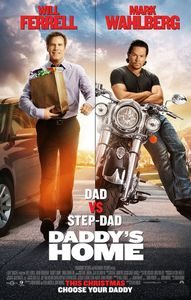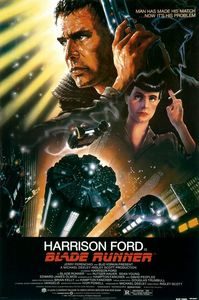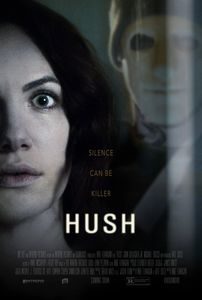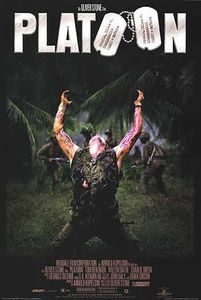Apt Pupil (1998)
(In French, On TV, December 2016) Stephen King’s Different Seasons novella collection was originally meant as a way to publishing four non-supernatural stories that King couldn’t sell, but it has ended up being the source material for three of King’s best movie adaptations. After Stand by Me and The Shawshank Redemption, here is Apt Pupil, which tells the dark story of a budding fascist teenager discovering an ex-Nazi living in his city. Things get worse when the two start jockeying for power over one another, eventually getting locked into a mutual destruction pact. Contrasting the sunny California setting with the darkest secrets within, director Bryan Singer doesn’t try to be subtle and the result is a fair thriller that allows a good actor’s duel between Brad Renfro and Ian McKellen, who’s particularly good here. The suspense set-pieces are well handled, and the film ends on a far more unnerving note than you’d expect … despite one or two big coincidences precipitating the third act. A solid thriller, Apt Pupil hasn’t aged a lot since 1998 despite ex-Nazis dying in droves since then.














